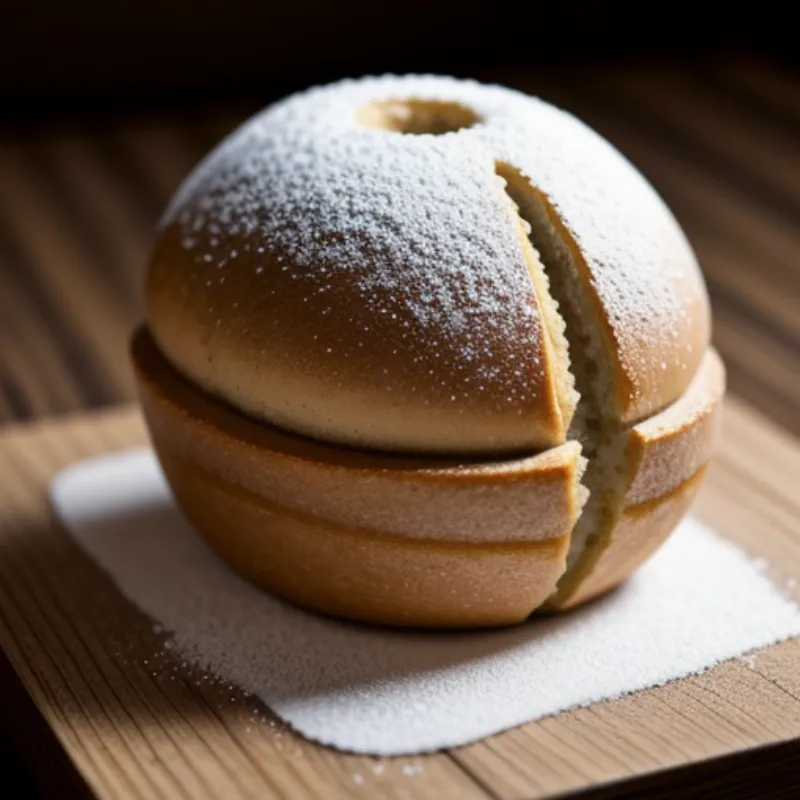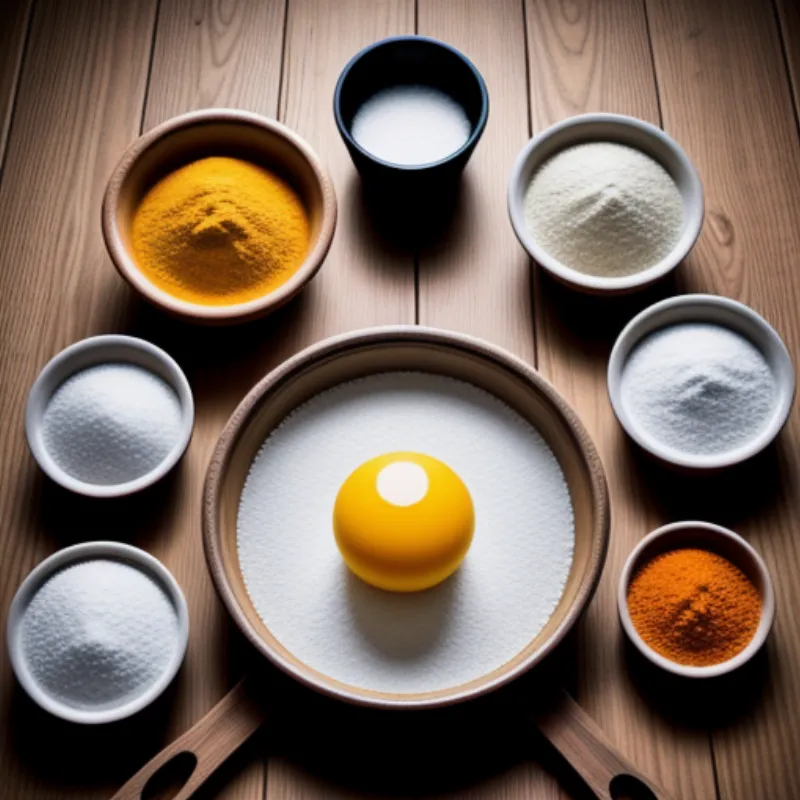Pan de muerto, the traditional Mexican bread of the dead, is a must-have treat during Día de los Muertos (Day of the Dead) celebrations. This slightly sweet, fragrant bread, often adorned with bone-like decorations and dusted with sugar, symbolizes a beautiful offering to departed loved ones.
While the thought of making this intricately decorated bread might seem daunting, fear not! This comprehensive guide will walk you through each step, ensuring you bake a delicious pan de muerto that will impress everyone.
Ingredients
To embark on this baking adventure, you’ll need the following ingredients:
For the Dough:
- 4 cups all-purpose flour, plus extra for dusting
- 1/2 cup granulated sugar
- 1 teaspoon salt
- 1 packet (2 1/4 teaspoons) active dry yeast
- 1/2 cup warm milk (100-110°F)
- 1/4 cup unsalted butter, melted and cooled
- 2 large eggs
- 1 teaspoon anise seeds, lightly crushed (optional, but adds a traditional flavor)
- Zest of 1 orange
For the Topping:
- 1/4 cup unsalted butter, melted
- 1/2 cup granulated sugar
For the Decoration (Optional):
- Dough for making bone shapes
- Egg wash (1 egg beaten with 1 tablespoon of water)
Equipment
- Large mixing bowl
- Plastic wrap
- Rolling pin
- Baking sheet
- Pastry brush
Instructions
1. Preparing the Dough:
- In the warm milk, sprinkle the yeast and a pinch of sugar. Let it stand for 5-10 minutes until foamy, indicating the yeast is active.
- In a large bowl, combine flour, sugar, salt, and anise seeds (if using). Make a well in the center and add the yeast mixture, melted butter, eggs, and orange zest.
- Gradually incorporate the dry ingredients into the wet ingredients using a wooden spoon or your hands.
- Turn the dough onto a lightly floured surface and knead for 8-10 minutes until smooth and elastic. If the dough feels too sticky, add flour a tablespoon at a time.
- Shape the dough into a ball and place it in a lightly greased bowl, turning once to coat. Cover the bowl with plastic wrap and let it rise in a warm place for 1-1.5 hours, or until doubled in size.
2. Shaping the Pan de Muerto:
- Punch down the risen dough to release the air. Divide the dough into two portions – a larger one for the base and a smaller one for the decorations.
- Shape the larger portion into a round loaf and place it on a baking sheet lined with parchment paper.
- Divide the smaller portion of dough into several equal pieces. Roll each piece into a thin, long rope. Arrange these ropes on top of the round loaf in a criss-cross pattern, resembling bones. You can get creative with the design!
- Cover the shaped bread loosely with plastic wrap and let it rise for another 30-45 minutes.
3. Baking and Finishing Touches:
- Preheat the oven to 350°F (175°C).
- Brush the top of the bread generously with the egg wash. This will give it a beautiful golden brown color.
- Bake for 30-35 minutes, or until the bread is golden brown and sounds hollow when tapped on the bottom.
- While the bread is baking, prepare the topping by melting the butter and mixing it with the sugar.
- Once the bread is out of the oven, immediately brush it with the melted butter and sugar mixture. This will give it a sweet, shiny crust.
 Pan de muerto freshly baked
Pan de muerto freshly baked
Tips and Tricks:
- To enhance the flavor, add a teaspoon of vanilla extract or a pinch of ground cinnamon to the dough.
- You can substitute anise seeds with an equal amount of orange blossom water for a different but equally delicious flavor.
- If you don’t have active dry yeast, you can use instant yeast. Just remember that instant yeast doesn’t need to be proofed in warm water.
- To prevent the bottom of the bread from getting too brown, place a baking sheet on the rack below your bread while it bakes.
- For a festive touch, sprinkle the finished bread with colorful sugar sprinkles.
FAQs:
1. Can I make Pan de Muerto ahead of time?
Yes, you can bake the bread a day or two in advance. Let it cool completely, then store it in an airtight container at room temperature. To freshen it up before serving, warm it slightly in a preheated oven.
2. What can I substitute for orange zest?
If you don’t have an orange, you can use the zest of one lemon or lime. Alternatively, you can add a teaspoon of orange extract to the dough.
3. My dough isn’t rising. What could be the problem?
Several factors could affect yeast activity, including the freshness of your yeast, the temperature of the liquid, or even the temperature of your kitchen. Make sure your yeast isn’t expired and that the liquid you’re using is around 100-110°F.
 Ingredients for pan de muerto
Ingredients for pan de muerto
Conclusion:
Baking your own pan de muerto is a rewarding experience that allows you to connect with a rich cultural tradition. While the recipe might seem long, the steps are straightforward. So why not gather your ingredients and embark on this delicious journey? Not only will your kitchen be filled with the warm aroma of freshly baked bread, but you’ll also have a beautiful and meaningful centerpiece for your Día de los Muertos celebrations. Don’t forget to share your baking triumphs with us in the comments below!
